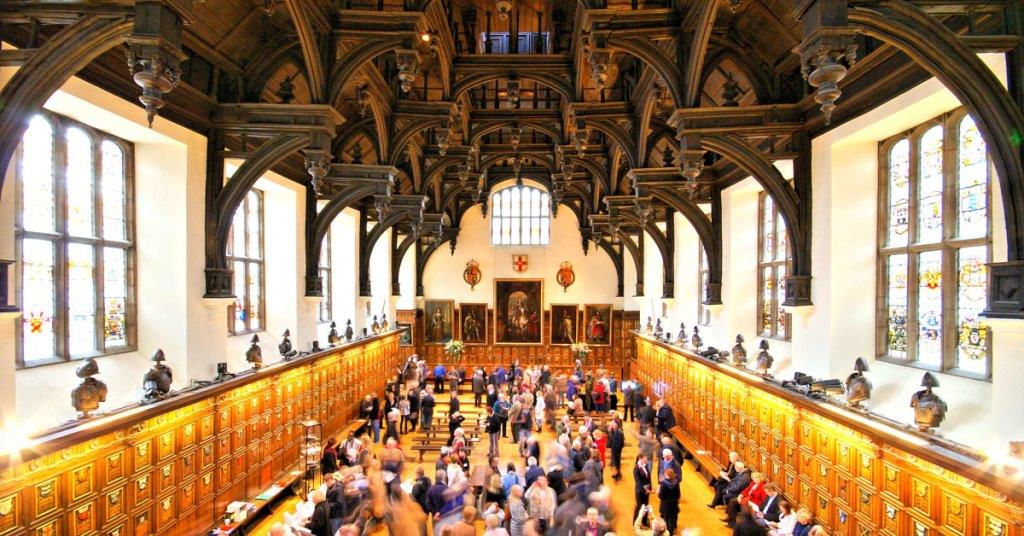In late June 1941, MI5 made a request to the Director of Public Prosecutions (DPP) to have German spy Josef Jakobs tried by court martial, rather than by a civilian court. The DPP forwarded the request to the Attorney General for his approval, which was granted on June 24, 1941. The very next day, the DPP wrote a letter to the Judge Advocate General (JAG) of His Majesty’s Forces, informing him that Josef Jakobs would be tried by court martial, a proceeding which was under the control of the JAG.
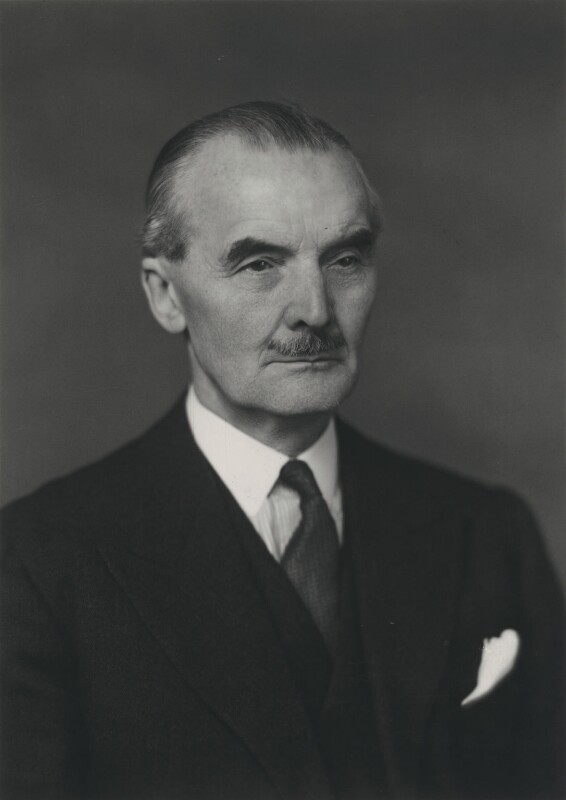
(Image courtesy of the National Portrait Gallery – used under Creative Commons)
The office of the Judge Advocate General was established in 1666 and was created to supervise “courts-martial”. By the time of World War II, the Office of the Judge Advocate General oversaw the legal system of the British Armed Forces. The JAG was always a civilian, although he (to-date no woman has served in this role) may have served in the military prior to his appointment. The JAG was assisted by a team of civilian judges and a small staff of civil servants.
On June 25, 1941, Josef’s case landed on the desk of Colonel Sir Henry Davies Foster MacGeagh, Britain’s Judge Advocate General from 1934 to 1954.
Henry Davies Foster MacGeagh
Henry was born October 21, 1883, the only son of Thomas Edwin Foster MacGeagh and Fanny Davies (an American). Thomas was a surgeon who commuted back and forth to London from the family’s home at Hadlow Castle in Kent. Henry had two younger sisters, Elizabeth Mary Muriel (born 1888) and Hilda Frances Stafford MacGeagh (born 1890). Henry’s family was quite well-to-do and apparently liked to travel for young Henry visited New York in 1887 and 1892.
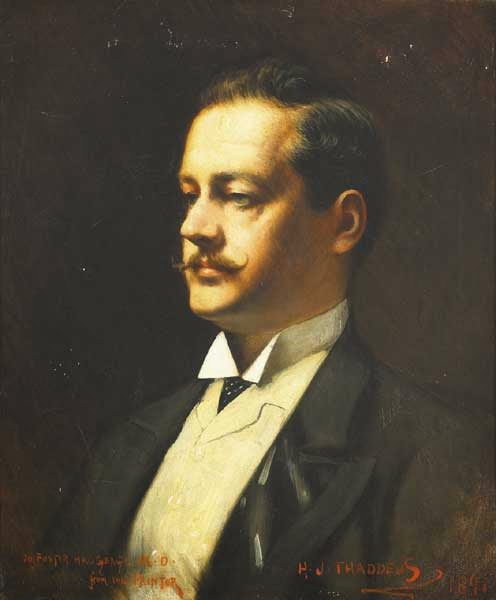
By 1901, the family had moved to London but Henry didn’t stay there long. In 1902, Henry started studies at St. Paul’s and Magdalen College, Oxford where he was granted an Honours degree in History in 1905. The very next year Henry was called to the Bar by the Middle Temple but not before travelling to New York for a touring trip with fellow barrister Oscar Sheridan Fleischmann.
Military Career
In 1909, Henry joined the 5th Battalion of the London Regiment of the Territorial Army (London Rifle Brigade) and was granted a commission as Captain.

With the outbreak of World War I, Henry embarked for the Continent on November 4, 1914 and ended up serving in France and Flanders. In 1916, Henry was appointed Military Assistant to the Judge Advocate General, a post that he held until 1923.
During that same period, Henry also served as Deputy Assistant Adjutant General and Assistant Adjutant General to the War Office. For his distinguished service, Henry was awarded the Companion of the British Empire medal in 1919.
Somewhere amongst all his duties, he found time to marry Rita Kiddle in 1917 at St. James’s Church in Piccadilly, London. Rita was the only daughter of the late William Kiddle of Walbundrie Station, New South Wales, Australia. Rita inherited her father’s property when her brother Captain Geoffrey Kiddle died on active service in 1916 in Mesopotamia (Iraq). Around the same time, Henry’s youngest sister, Hilda, joined the British Forces as a member of the Voluntary Aid Detachment and served her country from 1917 to 1918.
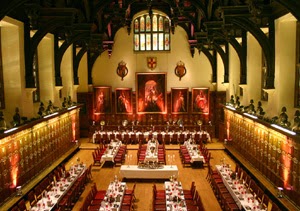
In 1923, Henry transferred to the Regular Army where he was commissioned a Colonel on July 1 and served as Military deputy of the Judge Advocate General. A year later, Henry “took silk” and was appointed a King’s Counsel (later Queen’s Counsel). At some point in the 1920s, Henry was awarded the King George V Territorial Decoration for 20 years service within the Territorial Army.
On June 3, 1930, Henry was made a Knight Commander of the Most Excellent Order of the British Empire (KBE) and a further honour was bestowed upon him in 1931 when he was made a “Bencher” in the Middle Temple. He served as Treasurer for the Middle Temple Bench where his “upstanding, dignified figure, fine appearance, charm, courtesy, good manners and sense of humour” were greatly appreciated. Further honours were bestowed on Henry when he received the Jubilee Medal in 1935 and the Coronation Medal in 1937.
Appointed Judge Advocate General
In April 1934, Henry was appointed Judge Advocate General by King George V and retired from the Army. During his tenure as JAG, Henry served under four Sovereigns (George V, Edward VII, George VI and Elizabeth II).
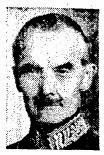
With the outbreak of World War II, the Office of the Judge Advocate General saw an increase in the number of court martials. Henry had a gift for delegation but made sure to review the convictions and sentences of all the important cases. He may even have reviewed Josef’s court martial conviction, although there is no evidence of this in the documents.
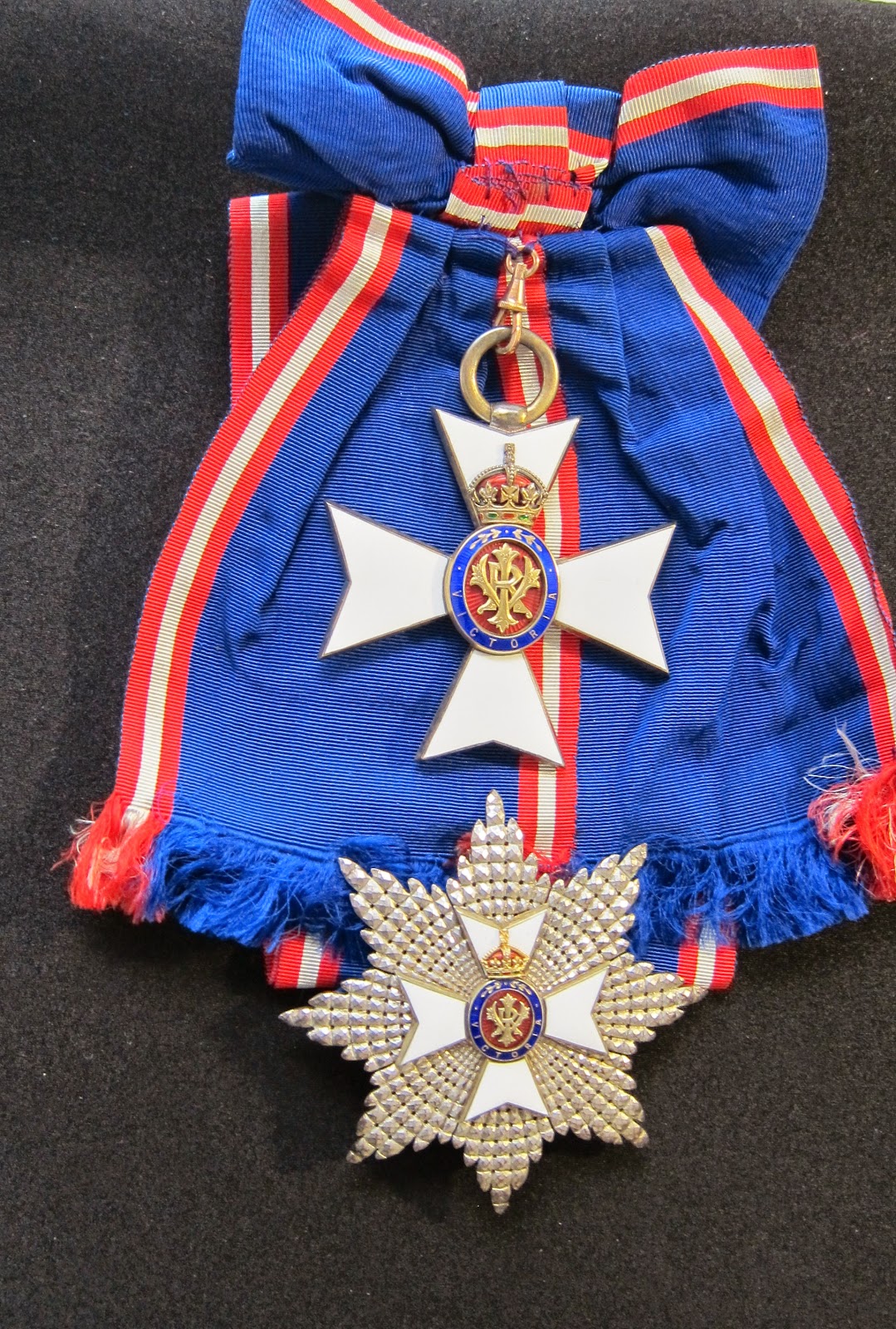
Henry’s work did not end with the cessation of hostilities for the JAG’s office oversaw the prosecution of war criminals captured in the area of Germany controlled by British forces. On January 1, 1946, Henry was awarded yet another honour when he was appointed a Knight Commander of the Most Honourable Order of the Bath (KCB), Civil Division. And lest you think that Henry was not fully appreciated by his country, on January 2, 1950, Henry was appointed a Knights Grand Cross of the Royal Victorian Order (GCVO).
Another Coronation Medal followed in 1953 when Queen Elizabeth ascended to the throne. And finally, Henry was awarded the Medal of Freedom with gold palm by the United States of America, presumably for his assistance to the Allied cause during and/or after World War II.
Retirement
Henry retired as Judge Advocate General in 1954 but continued to encourage the development and training of students reading for the Bar. In 1959, Henry’s wife of 42 years passed away apparently without having provided Henry with any heirs. On December 29, 1962, Henry passed away, a soldier and a gentleman who had had served his country long and well.
References
Ancestry.co.uk – genealogy records (births, marriages, deaths, military records, obituary).
Bonham’s Auctions – notes accompanying auction of Henry’s 12 medals and decorations as noted below
Medals & Decorations of Colonel Sir Henry Davies Foster MacGeagh
1914 Star with Mons Bar (WWI)
British War Medal (WWI)
Victory Medal (WWI)
King George V Territorial Decoration (interwar period)
Knight Commander of the Most Excellent Order of the British Empire (KBE), Military (1930)
Jubilee Medal (1935)
Coronation Medal (1937)
Defence Medal (WWII)
Knight Commander of the Most Honourable Order of the Bath (KCB), Civilian (1946)
Knights Grand Cross of the Royal Victorian Order (GCVO) (1950)
Coronation Medal 1953
Medal of Freedom with gold palm (USA)
Header image – “Middle Temple Hall” by nick.garrod is licensed under CC BY-NC-ND 2.0
